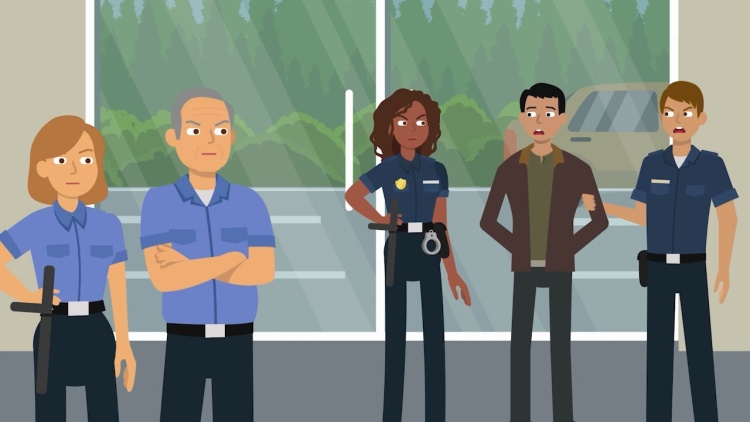People v. Ingram
California Court of Appeal
76 Cal. Rptr. 2d 553 (1998)

- Written by Sara Rhee, JD
Facts
Thomas Ingram (defendant) was standing in the men's department of a San Diego Nordstrom Rack store (Nordstrom). Ingram took a pair of pants from the rack and went to the refund counter. One of Nordstrom's loss-prevention agents saw Ingram put the pants into a bag and subsequently remove the price sticker from the pants. The loss-prevention agent telephoned the refund clerk and told her to accept Ingram's return and have Ingram sign the return documents. The loss-prevention agent then telephoned another agent for assistance and went to stand in the refund line behind Ingram. The agent heard Ingram tell the clerk that he had received the pants as a gift, but they were the wrong size. The clerk processed the return and gave Ingram cash for the pants. As Ingram was walking out of the store, the loss-prevention agents stopped Ingram, questioned him, and eventually turned him over to the police. Ingram was charged with petty theft with a prior theft conviction. After the prosecution (plaintiff) presented its case at trial, Ingram's counsel moved for a judgment of acquittal on the petty-theft charge. Ingram's counsel argued that the prosecution's case focused on a theory of theft by false pretenses, but an element of this crime was missing because the refund clerk did not actually rely on Ingram's representations in giving him the refund. Although the trial court agreed, the court denied the motion because there was sufficient evidence to convict Ingram of theft by larceny, i.e., that Ingram acted with intent to steal the pants for money or to take the pants if the clerk had denied him a refund. The prosecutor then adopted this larceny theory and used it in his closing argument. A jury convicted Ingram, and he was sentenced to 25 years to life in prison under California's three-strikes law. Ingram appealed.
Rule of Law
Issue
Holding and Reasoning (Haller, J.)
What to do next…
Here's why 899,000 law students have relied on our case briefs:
- Written by law professors and practitioners, not other law students. 47,000 briefs, keyed to 994 casebooks. Top-notch customer support.
- The right amount of information, includes the facts, issues, rule of law, holding and reasoning, and any concurrences and dissents.
- Access in your classes, works on your mobile and tablet. Massive library of related video lessons and high quality multiple-choice questions.
- Easy to use, uniform format for every case brief. Written in plain English, not in legalese. Our briefs summarize and simplify; they don’t just repeat the court’s language.





